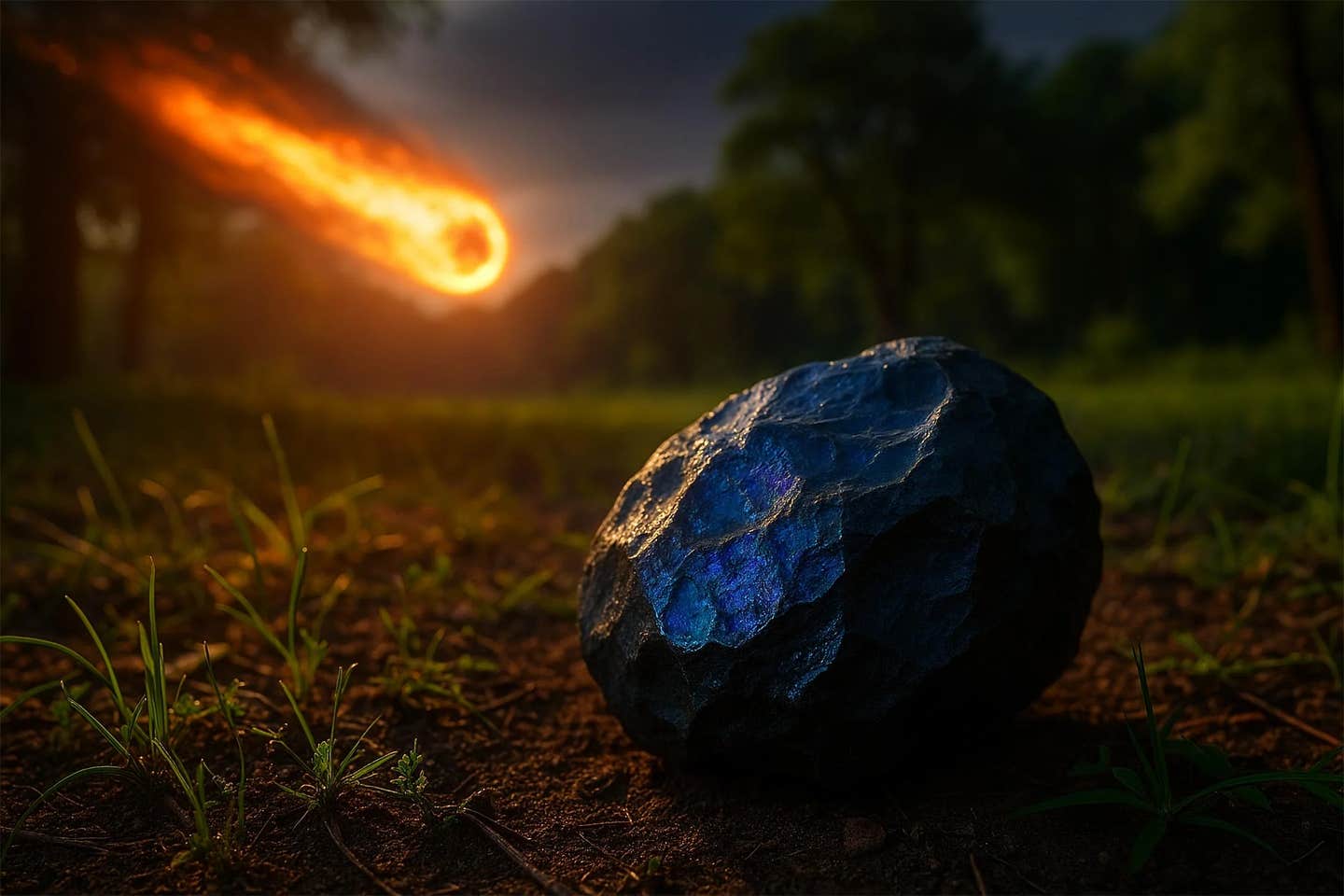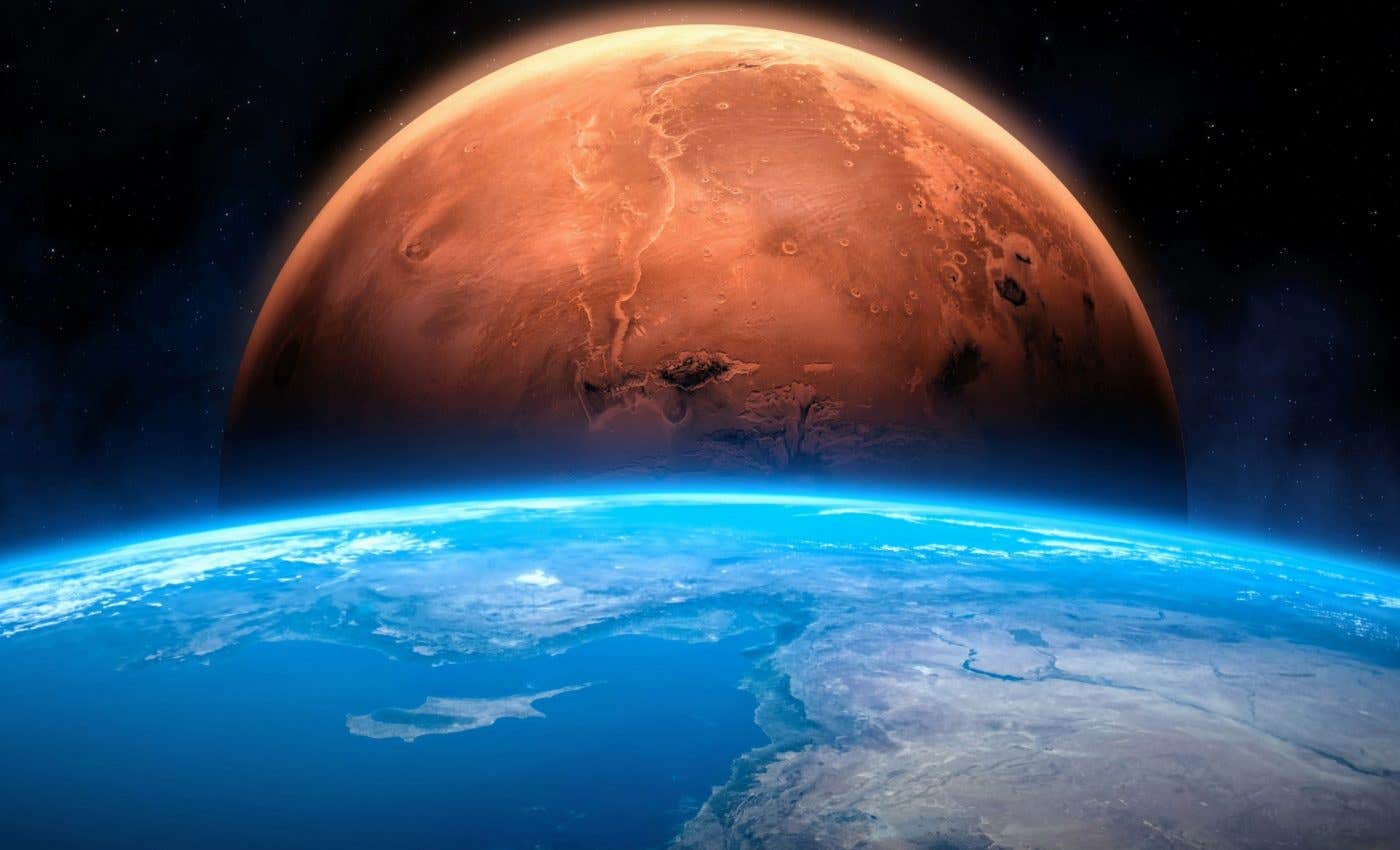Costa Rica’s powerful ‘mudball’ meteorite: Reveals new secrets from deep space
The Aguas Zarcas meteorite fall stunned scientists with its strength and ancient origin, revealing secrets from deep space.

The Aguas Zarcas meteorite fall in Costa Rica in 2019 opens a window into early solar system history and cosmic survival. (CREDIT: SciTechDaily.com)
In April 2019, a fiery streak lit up the sky over northern Costa Rica. It wasn’t lightning or fireworks. It was a rock from space, plunging into Earth’s atmosphere at over 14 kilometers per second. This cosmic visitor exploded in a bright flare high above the Earth, dropping rare meteorite fragments across the quiet town of Aguas Zarcas. What followed was one of the most important meteorite recoveries in recent history.
A fall that captured eyes and headlines
The fall of the Aguas Zarcas meteorite was no ordinary event. It came from a nearly vertical angle, about 81 degrees steep, entering from the west-northwest. The blazing rock left a trail through the sky and was captured on both security and dashboard cameras. The light it created was so bright that satellites designed to detect lightning—GOES-16 and GOES-17—picked it up as it shattered at 25 kilometers above the ground.
This was not just a pretty show. Scientists took notice. The last time meteorites like this fell in such numbers was in 1969, near Murchison, Australia. Back then, scientists had just returned from the Moon and were hungry for space rocks.
Now, with modern tools, researchers quickly acted to study the Aguas Zarcas fragments. "27 kilos of rocks were recovered, making this the largest fall of its kind since similar meteorites fell near Murchison in Australia," said Peter Jenniskens, a meteor astronomer with NASA and the SETI Institute.
Gerardo Soto, a geologist at the University of Costa Rica, explained the local impact of the event: "The fall of Aguas Zarcas was huge news in the country. No other fireball was as widely reported and then recovered as stones on the ground in Costa Rica in the last 150 years."
Not your average "mudball" meteorite
Carbonaceous chondrites like Aguas Zarcas are often called "mudball" meteorites. They’re soft and rich in water-bearing minerals. But this rock didn’t crumble on impact as many expected. "Apparently, that does not mean they are weak," said Jenniskens. In fact, Aguas Zarcas held up impressively well.
Related Stories
When it slammed into Earth’s atmosphere, the rock barely broke apart until much deeper than usual. “It penetrated deep into Earth's atmosphere, until the surviving mass shattered at 25 km above the Earth's surface,” said Jenniskens. This strength helped many of its fragments land intact.
Nature helped, too. The fall happened at the end of a long dry season. That meant the stones didn’t wash away or get buried before they were found. Most landed on soft jungle or grassy areas, which cushioned the impact. Some pieces showed a shimmering blue crust, caused by the intense heat of entry. “The Aguas Zarcas fall produced an amazing selection of fusion-crusted stones with a wide range of shapes,” said Laurence Garvie, a researcher from Arizona State University.
A deep space journey that took millions of years
How did this rock end up crashing into Earth? Scientists traced its path backward through the sky, using videos and the angle of its fall. They figured out that the meteorite came from a low-inclined orbit, tilted less than 2.8 degrees compared to Earth’s path around the Sun. Its closest approach to the Sun—called perihelion—was about 0.98 astronomical units, almost the same as Earth’s.
This rock likely came from the asteroid belt, a wide region filled with leftover chunks from the early solar system. Researchers believe the meteorite came from a larger asteroid in the outer belt. It got knocked loose by a gravitational interaction, likely from one of two major orbital zones known as the 3:1 or 5:2 mean motion resonances.
Once free, the meteorite traveled through space for 2 million years before finally meeting Earth. That’s the age scientists found by studying cosmogenic radionuclides—tiny isotopes formed by cosmic ray exposure. Kees Welten, a cosmochemist at UC Berkeley, explained: "The last collision experienced by this rock was 2 million years ago."
A rock frozen in time
Scientists didn’t just look at when the meteorite broke off its parent asteroid. They also examined how long the rock had been holding onto certain elements, like argon. This data showed that the rock formed 2.9 billion years ago. That’s almost as old as the Earth itself.
Jenniskens and his team worked with international experts to study these details. "We can tell that this object came from a larger asteroid low in the asteroid belt, likely from its outer regions," he explained. "After getting loose, it took two million years to hit the tiny target of Earth, all the time avoiding getting cracked."
This journey without further collisions kept the rock strong. Many other meteorites show signs of impacts that create fractures and weak points. But Aguas Zarcas stayed mostly whole. That explains why it survived the fiery plunge so well. Its strength made it special, and scientists are eager to learn all they can from it.
Science takes a leap forward
Since its discovery, researchers around the world have written 76 scientific papers on Aguas Zarcas. These studies explore its chemical makeup, its age, and even what it can tell us about the early solar system. Soto summed it up with a poetic nod to space history: “The recovery of Aguas Zarcas, too, was a small step for man, but a giant leap for meteoritics.”
This meteorite may have spent millions of years floating silently through space. But when it landed, it gave scientists a loud and clear message. Rocks like this one help us understand where we came from and how the solar system formed. The skies above Costa Rica offered a priceless gift. And science was ready to catch it.
Research findings are available online in the journal Meteoritics and Planetary Science.
Note: The article above provided above by The Brighter Side of News.
Like these kind of feel good stories? Get The Brighter Side of News' newsletter.



